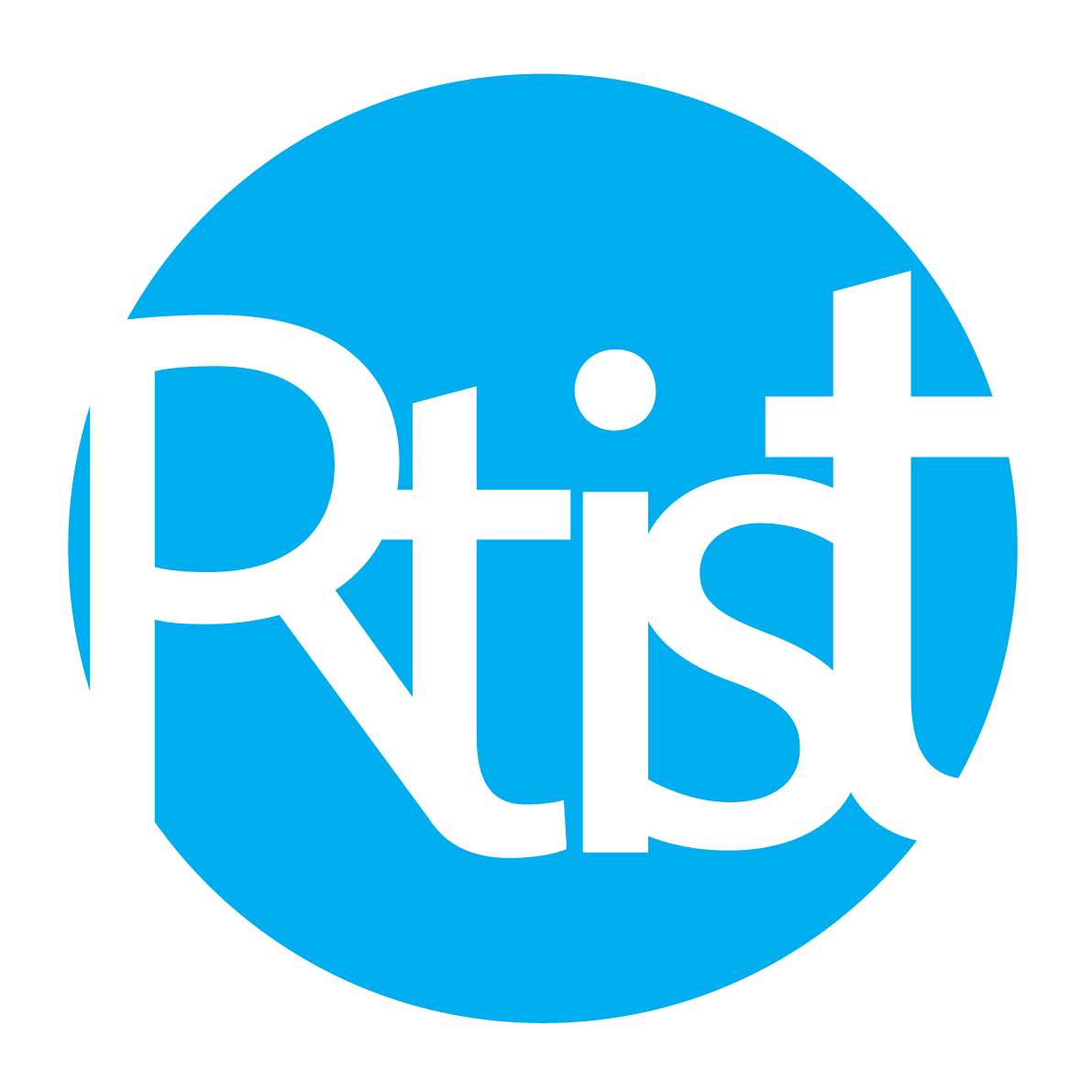
No matter how long you’ve been in the business of freelancing, pricing remains one of the most difficult things to nail down. It’s not uncommon for freelancers to second guess their own pricing, despite the wealth of experience they have under their belt.

You may have asked yourself:
Am I doing this right?
Could I do something better to make more money for less work?
Does my price reflect the value my clients are getting?
Today, we’re looking at the two most common pricing strategies used by freelancers, and the pros and cons of each to help you decide on how you want to price your freelance services.
Hourly rates
Hourly rates are basically the number of hours you charge to complete a project for the client. You can usually present an estimate of the number of hours needed to complete the project for your client to approve. Going past the agreed number of hours can result in extra cost for the client.
Pros
i. Easy to understand
Your client knows exactly what they will get from you in exchange for what price.
ii. Fair
Your client pays for only the time you spend on their project. No more, no less.
iii. Transparent
It’s very transparent and doesn’t work on plucking figures out of the air that you have to justify in other ways.
Cons
i. Dangerous to compare
Since you have an hourly rate, other competitors can easily provide cheaper services than you should the client be comparing pricing.
ii. Can hit ceiling earnings very quickly
You only have so many hours in a day for focused work. This means that you can only accept so many jobs before you’re unable to do so.
iii. Efficiency vs Quality
Clients will want you to complete the job quicker, but you’ll want to provide the best quality of work, which may take up time. Finding a balance may be difficult.

Project Pricing
Project pricing is the strategy of providing a flat-rate quote for a well defined deliverable. You don’t have to share how you calculate your work, as your client only sees the final price.
Pros
i. Gives clients a clear pricing
Since you charge by the whole project, clients will be clear on what price they will have to pay for the deliverables
ii. Allows for contingency placements
Clients will only see the final price, so you can pad your quote with contingency plans like additional revisions, even if the client doesn’t use it.
iii. Encourages efficiency
As you have quoted for a fixed price, clients will not be rushing you to complete the task as they are not paying by the hour.
Cons
i. Not the best choice for jobs which changes scopes often
As you’re charging for the whole project, your quotation may not include changes in scope, of which some creative projects are very prone to do.
ii. Not flexible
You’ll need to revise your quotation for every change in direction, or additional deliverables, which can be very time consuming.
iii. Still open to price comparisons
Clients will still be able to compare your project price to other freelancers, of whom may be able to offer a cheaper alternative.
Conclusion
Understanding how you charge clients and the pros and cons for each of the pricing strategies can help you better understand the best way for you to work, and offer your clients the best price in order to close the sale.
If you’re a designer looking out to start on a few jobs, why not check out Rtist? We have one of the biggest creative talent communities in Malaysia that matches you with your clients. Check us out now!
